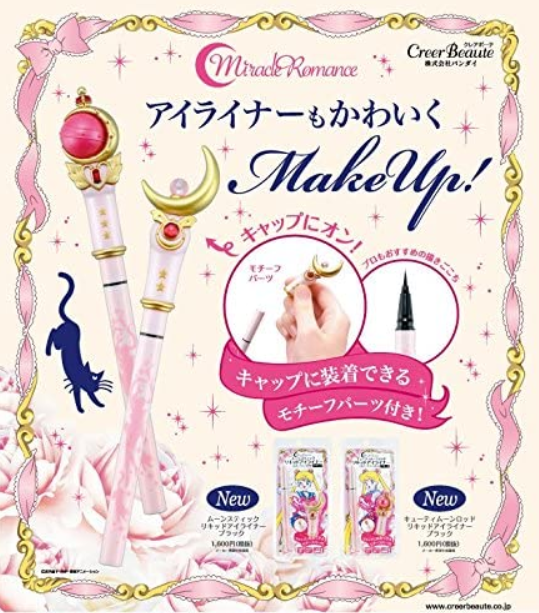Types of Headache: Tension, Cluster, and Migraine
PQRST Pain characteristics of Types of Headache: Tension, Cluster, and Migraine
by: Arlene Gentallan
Tension Headache is the most common type
Provocation:
Quality:
Region:
Severity:
Timing:
Other signs and symptoms:
Other causes:
Cluster Headache (CH)
Provocation:
Quality:
Region:
Severity:
Timing:
Other signs and symptoms:
Other causes:
Migraine
Provocation:
Quality:
Region:
Severity:
Timing:
Other signs and symptoms:
Other causes:
by: Arlene Gentallan
Tension Headache is the most common type
Provocation:
- Stress
- Fatigue
- Cold temperature
- Eye strain
- Awkward sleeping position
- Helding the head in one position for too long
- Alcohol intake
- Excessive caffeine intake
- Skipping meals
- Taking pain medication for more than 3 days causing rebound headache
Quality:
- Dull aching, tight squeezing pressure like putting a tight band around the head.
Region:
- Temple, sides of the head, back of the head / neck. Pain usually starts at the back of the head spreading towards both sides of the head into the temple.
Severity:
- Mild to moderate pain
Timing:
- Usually aggravates during the end of the day. May start at the morning when the person wakes up from an awkward sleeping position.
- Episodic tension headache occurs less than 15 days a month.
- Chronic tension headache occurs 15 or more days in a month for several months.
Other signs and symptoms:
- Tension headache is not commonly associated with nausea, vomiting, and visual changes.
Other causes:
- Women are more likely to experience tension headache than men. This may be due to hormonal changes.
- It is possibly caused by neurotransmitter changes in the brain and muscle tension of scalp, jaw, neck, and shoulder.
Cluster Headache (CH)
Provocation:
- Not commonly associated with triggers like food and stress.
- When pain starts, it is aggravated when lying still and alcohol intake, so person under migraine attack tend to be restless.
Quality:
- Sharp, burning pain like pushing the eye out of it's socket.
Region:
- One-sided (unilateral) pain around the eye. May radiate to the head, face, neck, and shoulder.
Severity:
- Severe pain
Timing:
- Headache usually appears suddenly without warning signs. Most cases occurs at night and will awaken the person from sleep.
- Pain usually lasts from 15 minutes to 3 hours.
- Person usually experience pain at precisely the same time of the day, or at the same season of the year. Attacks may occur once to 8 times a day.
- Marked by periods of exacerbation and remission.
- Episodic cluster headache occurs for 1 week to 1 year, followed by 12 months remission period before another attack.
- Chronic cluster headache occurs for more than 1 year, followed by a remission period of less than 12 months before another attack.
Other signs and symptoms:
- The person experiencing cluster headache may be restless and have an abnormally high sensitivity to light and sounds.
- It is usually associated with teary eye, eye redness, drooping eyelid, runny nose, facial swelling, at the side of the face experiencing pain.
- Not commonly associated with nausea.
Other causes:
- Not commonly associated with triggers like food and stress.
- May be associated with hypothalamic dysfunction which is responsible for the circadian rhythm "biological clock". According to studies, there is an increase activity in the hypothalamus during a cluster headache attack. There may be a genetic predisposition.
- Men are more likely to experience cluster headache than women.
Migraine
Provocation:
- Aspartame consumption
- Monosodium glutamate consumption
- Tyramine containing foods such as cheddar and aged cheese
- Chocolate
- Nuts
- Soy
- Balsamic vinegar
- Alcohol intake
- Red wine
- Excessive caffeine intake
- Stress
- Fatigue
- Sleep deprivation
- Oral contraceptives
- Hormonal replacements
- Excessive visual, auditory or olfactory stimuli
- Changes in the weather
- Menstrual period (attack may occur before or after menstrual period (drop in estrogen level)
- Aggravated by light and noise.
Quality:
- Throbbing, pulsating pounding headache.
Region:
- Usually one-sided (unilateral) pain of the head, but may also be bilateral. Usually occurs at the frontal side of the head.
Severity:
- Severe pain
Timing:
- Migraine attack may last for 4 to 72 hours.
Other signs and symptoms:
- There may be warning signs before a migraine attack occurs such as visual aura (visual changes like seeing flashes of light), blind spots, tingling sensation on the arms and legs.
- Usually associated with nausea, vomiting, and abnormally high sensitivity to light and sound.
Other causes:
- Migraine is possibly caused by neurotransmitter changes (eg. serotonin.)
- Women are more likely to have migraine headache than men.
- Genetic predisposition







